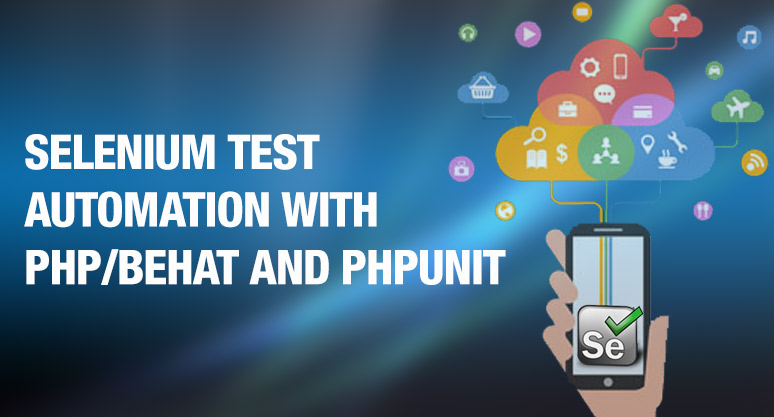Description
Introduction: ARM Cortex Microcontroller Programming
These are one among the most popular microcontrollers used in embedded systems due to their powerful processing capabilities, low power consumption, and extensive ecosystem support. This training focuses on programming ARM Cortex-M series microcontrollers, widely used in a variety of applications such as automotive systems, IoT devices, robotics, and consumer electronics. Participants will gain a thorough understanding of the ARM architecture, peripheral interfacing, and real-time embedded development. Hands-on programming exercises will be conducted using development boards such as the STM32 or NXP LPC series, providing practical experience in writing and optimizing embedded code.
Prerequisites: ARM Cortex Microcontroller Programming
- Basic understanding of microcontrollers: Familiarity with general microcontroller principles (e.g., registers, memory, interrupts).
- C Programming proficiency: Ability to write and debug embedded C code.
- Basic knowledge of electronics: Familiarity with hardware components (e.g., sensors, actuators, and communication protocols).
- Experience with an IDE: Familiarity with development environments like Keil, STM32CubeIDE or IAR Embedded Workbench is beneficial but not mandatory.
Table of Contents (Split by Sessions):
1: Introduction to ARM Cortex Microcontrollers
- Overview of ARM Architecture
- Introduction to ARM and ARM Cortex series (Cortex-M, Cortex-A, Cortex-R)
- Features of ARM Cortex-M microcontrollers
- Overview of ARM processor modes and registers
- Introduction to Embedded Development Tools
- Setting up an IDE (e.g., Keil, STM32CubeIDE, or IAR Embedded Workbench)
- Installing toolchains and compilers
- Exploring the ARM Cortex-M development board
- Session Activities:
- Flashing and running a simple program on the ARM Cortex-M microcontroller
2: ARM Cortex-M Processor Core Architecture
- ARM Cortex-M Core Features
- Overview of Cortex-M0, M3, M4, and M7 core architectures
- Key features: NVIC (Nested Vectored Interrupt Controller), SysTick Timer, and MPU (Memory Protection Unit)
- Thumb instruction set overview
- Memory Map and System Control
- ARM Cortex memory map: Flash, RAM, and peripherals
- Introduction to the CMSIS (Cortex Microcontroller Software Interface Standard) library
- Session Activities:
- Creating a simple project using CMSIS to configure memory and control system behavior
3: GPIO Programming
- Understanding GPIO (General-Purpose Input/Output)
- Introduction to GPIO pin configurations (input, output, pull-up, pull-down)
- Writing code to control and read from GPIO pins
- Interrupts and Event Handling
- Configuring GPIO interrupts for edge detection
- Writing Interrupt Service Routines (ISR) for handling external events
- Session Activities:
- Writing a program to control LEDs and respond to button presses using GPIO interrupts
4: Timers and PWM (Pulse Width Modulation)
- Using Timers in ARM Cortex-M
- Configuring and using general-purpose timers
- Understanding timer modes (one-shot, continuous, etc.)
- Timer-based delays and periodic tasks
- Generating PWM Signals
- Configuring timers for PWM generation
- Adjusting duty cycles for motor control, LED dimming, etc.
- Session Activities:
- Writing a program to generate PWM signals for controlling motors or LEDs
5: UART Programming (Serial Communication)
- Introduction to UART Communication
- Basics of serial communication using UART (Universal Asynchronous Receiver-Transmitter)
- Configuring UART peripheral: baud rate, parity, stop bits, etc.
- Sending and Receiving Data via UART
- Writing code to transmit and receive data over UART
- Using UART interrupts for efficient communication
- Session Activities:
- Implementing serial communication between the ARM Cortex-M board and a PC terminal
6: I2C and SPI Protocols
- Interfacing with I2C
- Overview of I2C protocol and applications
- Master-slave configuration for I2C communication
- Reading and writing data to I2C devices (e.g., sensors)
- Interfacing with SPI
- Overview of SPI protocol and applications
- Configuring SPI for master-slave communication
- Data transfer using SPI (reading from sensors, controlling peripherals)
- Session Activities:
- Writing code to interface with an I2C sensor and SPI peripheral (e.g., an accelerometer)
7: ADC (Analog-to-Digital Converter) and DAC (Digital-to-Analog Converter)
- Introduction to ADC
- Configuring ADC channels to read analog data
- Single-shot vs continuous ADC conversions
- Reading sensor values using the ADC
- Introduction to DAC
- Configuring DAC for analog signal generation
- Applications of DAC in embedded systems (audio, signal generation)
- Session Activities:
- Writing a program to read analog inputs from a sensor and convert it to a digital signal
8: Interrupts and Exception Handling
- Interrupt Management in ARM Cortex-M
- Using the NVIC (Nested Vectored Interrupt Controller)
- Configuring and enabling interrupts for peripherals
- Writing ISRs for handling timer, GPIO, UART, etc. interrupts
- Priority-Based Interrupts
- Setting and adjusting interrupt priorities
- Understanding exception handling and the ARM Cortex-M fault exceptions
- Session Activities:
- Writing interrupt-driven programs for real-time responses to external events
9: RTOS Introduction and Integration with ARM Cortex-M
- Introduction to Real-Time Operating Systems (RTOS)
- Key concepts of an RTOS: multitasking, scheduling, and inter-task communication
- Overview of FreeRTOS for ARM Cortex-M
- Configuring tasks, queues, semaphores, and mutexes in RTOS
- RTOS Task Scheduling
- Round-robin and priority-based scheduling in FreeRTOS
- Task creation, deletion, and task switching
- Session Activities:
- Writing a basic multitasking application using FreeRTOS on the ARM Cortex-M board
10: Power Management in ARM Cortex-M
- Low-Power Modes in ARM Cortex-M
- Overview of power management techniques for embedded systems
- Using sleep and deep sleep modes in Cortex-M microcontrollers
- Optimizing Power Consumption
- Configuring peripherals for low-power operation
- Wake-up from low-power modes using interrupts
- Session Activities:
- Implementing a low-power application using sleep modes and wake-up interrupts
11: Debugging and Optimization Techniques
- Debugging ARM Cortex-M Applications
- Using debugging tools (GDB, IDE debuggers) to step through code
- Analyzing and interpreting debug information
- Understanding stack overflows, memory leaks, and other issues in embedded systems
- Performance Optimization
- Techniques to optimize CPU and memory usage
- Reducing power consumption in time-critical applications
- Session Activities:
- Debugging an ARM Cortex-M program using breakpoints, watchpoints, and step-through debugging
12: Case Studies and Applications in ARM Cortex-M
- Real-World Applications
- Review of ARM Cortex-M usage in IoT, automotive, medical, and industrial automation
- Key considerations for deploying Cortex-M based systems in real-world environments
- Best Practices for ARM Cortex Programming
- Modular and maintainable code structure for embedded systems
- Error handling, debugging, and system optimization techniques
- Session Activities:
- Discussing real-world case studies and reviewing embedded applications built with ARM Cortex-M microcontrollers
This training program will empower participants to work confidently with ARM Cortex microcontrollers in real-time embedded environments. By mastering peripherals, communication protocols, power management, and RTOS integration, participants will be able to design and implement efficient embedded systems for a wide range of applications. (Reference: RTOS)







Reviews
There are no reviews yet.